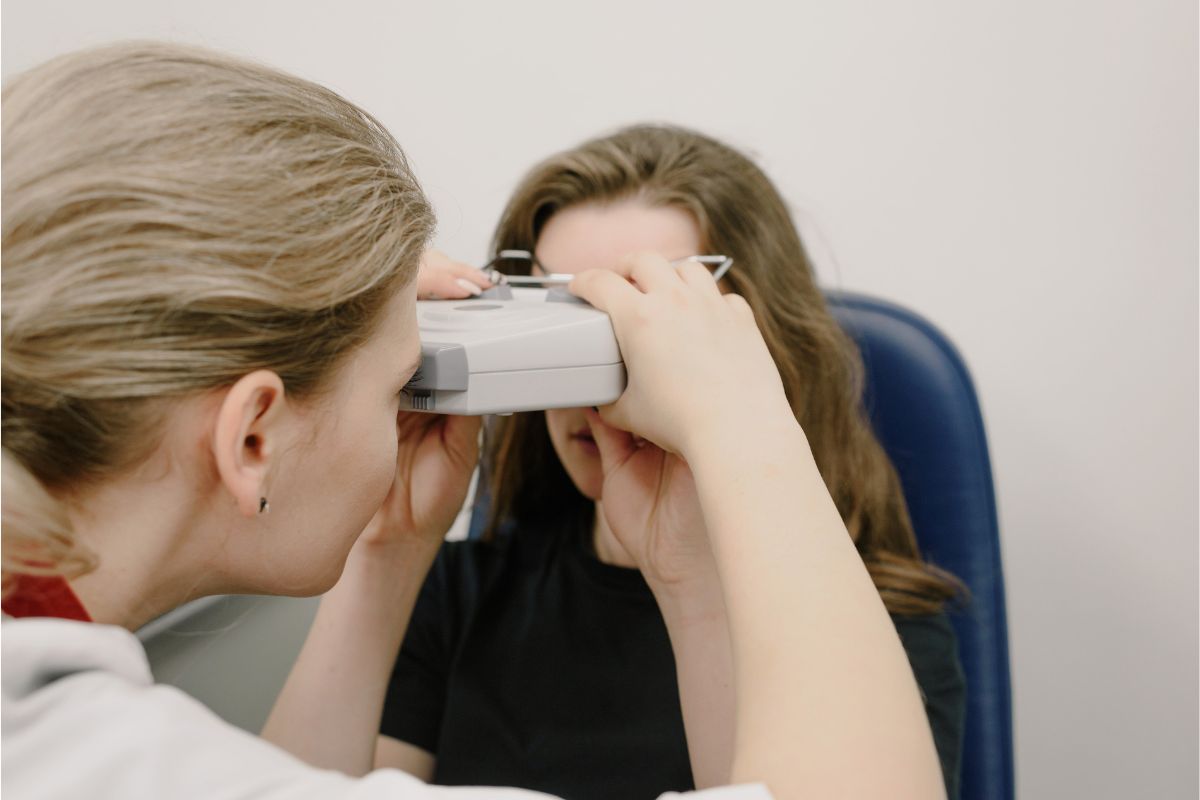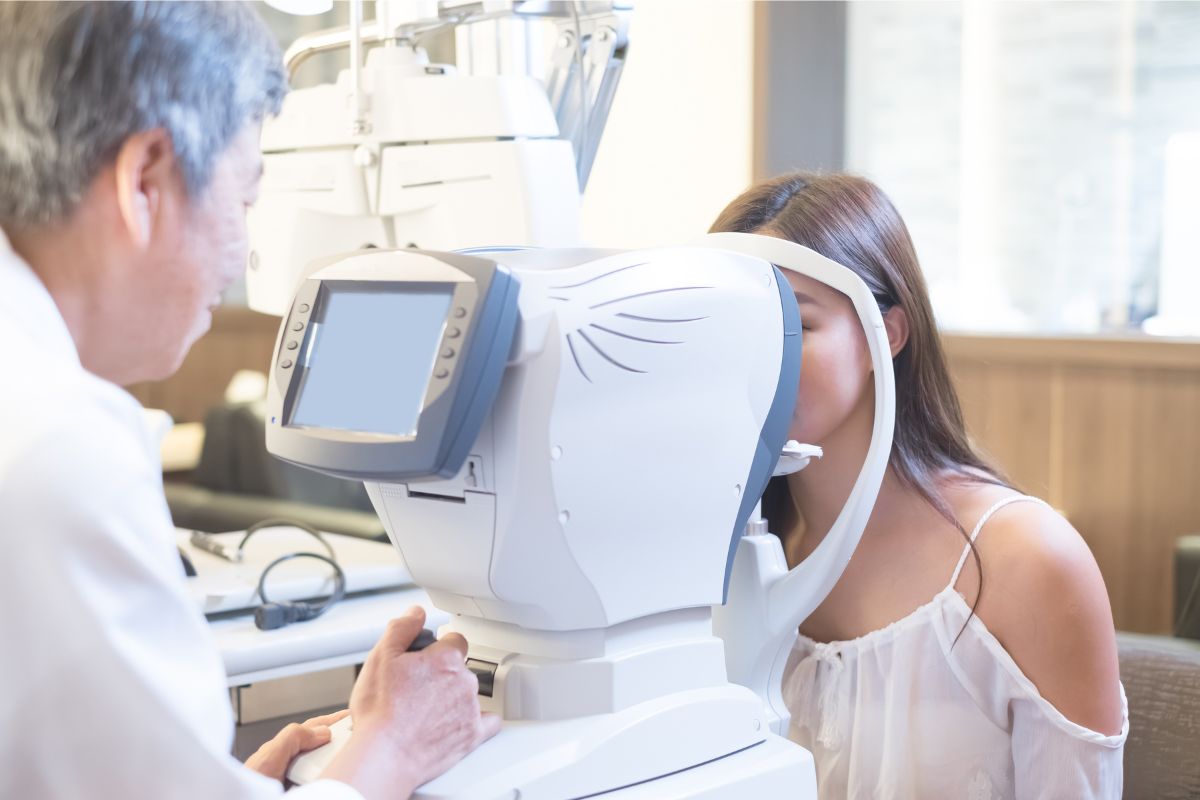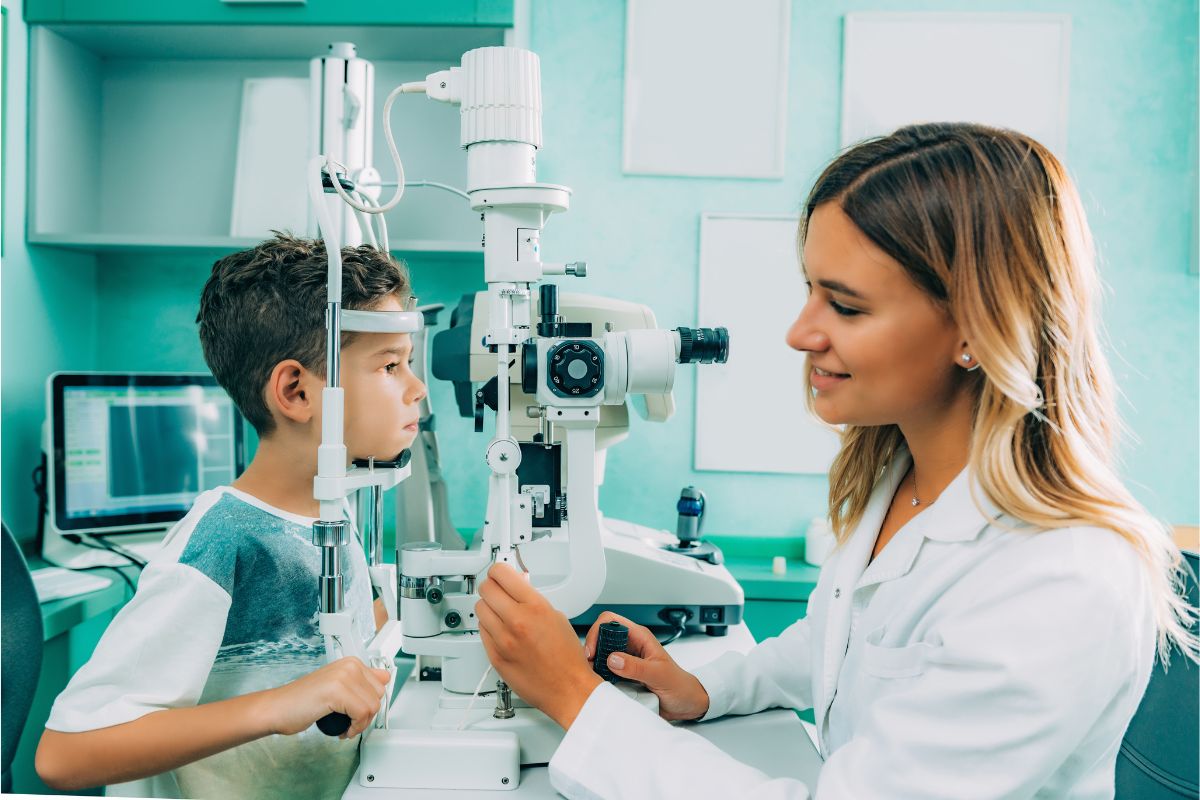

In today’s rapidly evolving healthcare landscape, innovation is crucial for success, especially in fields like optometry where technology and patient care are intertwined. Clinics that thrive are often those that foster a culture of collaboration, where every member of the team is encouraged to contribute their ideas and expertise. This collaborative approach not only enhances patient care but also drives the clinic’s long-term success. An Optometrist in Mogadore, OH, Mogadore Eyecare, exemplifies this progressive mindset by actively promoting an environment where teamwork and shared knowledge are the foundation of its success.
A collaborative culture within an optometry clinic does more than improve internal communication; it nurtures an environment where innovation can flourish. When optometrists, technicians, and administrative staff work together seamlessly, they can pool their expertise to improve the patient experience. This results in better patient outcomes, increased satisfaction, and a more efficient workflow. The idea is simple: when individuals work collaboratively, they leverage their diverse skills and perspectives to create solutions that benefit both the clinic and its patients.
At clinics like Mogadore Eyecare, collaboration extends beyond just intra-staff interactions. By engaging patients in their care process, discussing treatment options, and making them active participants in decision-making, these clinics ensure that patients are more informed and empowered about their vision care. This patient-centered approach results in stronger trust between the clinic and its patients, ultimately improving both patient retention and clinic reputation.
The role of technology in optometry cannot be overstated. From diagnostic tools like retinal imaging to advanced contact lens fitting techniques, the tools available to optometrists today are more powerful than ever. However, the success of these tools largely depends on how well the clinic team integrates them into their workflows. A collaborative culture makes it easier to adopt new technologies by encouraging communication and continuous learning among staff members.
For example, when a clinic like Mogadore Eyecare integrates new diagnostic equipment, the entire staff—optometrists, technicians, and even administrative personnel—are trained on its usage. This collective knowledge ensures that everyone is aligned with the technology’s benefits and limitations, leading to more efficient use. Additionally, regular feedback sessions allow the staff to suggest improvements, further optimizing patient care.
Another critical aspect of fostering innovation is continuous professional development. Clinics that prioritize the growth of their staff by encouraging further education, attending seminars, and participating in workshops cultivate a team that stays up-to-date with the latest industry advancements. This focus on learning also inspires creativity, enabling staff to suggest new methods, treatments, or approaches that could be beneficial for the clinic and its patients.
For instance, when optometrists at Mogadore Eyecare attend conferences or training, they bring back valuable insights that are shared with the rest of the team. These insights are then discussed openly, allowing the team to brainstorm how they can implement these new ideas into the clinic’s operations. This kind of collective input can spark innovative solutions that may have otherwise gone unexplored. It’s this blend of professional growth and team collaboration that positions modern optometry clinics like Mogadore Eyecare as leaders in their field.
A successful optometry clinic isn’t just about its technology or the qualifications of its staff—leadership also plays a pivotal role. Leaders who foster collaboration set the tone for the clinic’s culture. In a collaborative environment, leaders don’t dictate decisions; they guide and encourage input from all staff members, recognizing that everyone has a unique perspective to contribute.
At Mogadore Eyecare, leadership prioritizes open dialogue, holding regular meetings where staff can voice their opinions, share concerns, and suggest improvements. This transparent form of decision-making ensures that changes are made with the entire team’s insights in mind. Furthermore, this approach fosters a sense of ownership among staff members, making them feel more invested in the clinic’s success.
The primary goal of any optometry clinic is to provide exceptional patient care, and a collaborative culture significantly enhances this aspect. When staff members collaborate, they can share insights that help create more personalized treatment plans. Optometrists can discuss challenging cases with colleagues, drawing on collective knowledge to ensure the best outcomes for patients.
Mogadore Eyecare exemplifies this through their commitment to involving every member of the staff in patient care. From the initial consultation to the final treatment plan, all aspects of patient care are discussed openly, ensuring that each patient receives a comprehensive evaluation. This approach not only improves the quality of care but also enhances the patient experience, as patients feel more supported throughout their journey.
In an industry as fast-paced and technology-driven as optometry, fostering a collaborative culture is no longer optional—it is essential for long-term success. Clinics like Mogadore Eyecare have proven that when a team works together, shares ideas, and supports one another, both patient outcomes and clinic operations can thrive. By prioritizing teamwork, continuous learning, and leadership that values collaboration, optometry clinics can set themselves apart and drive innovation that benefits both staff and patients alike.







